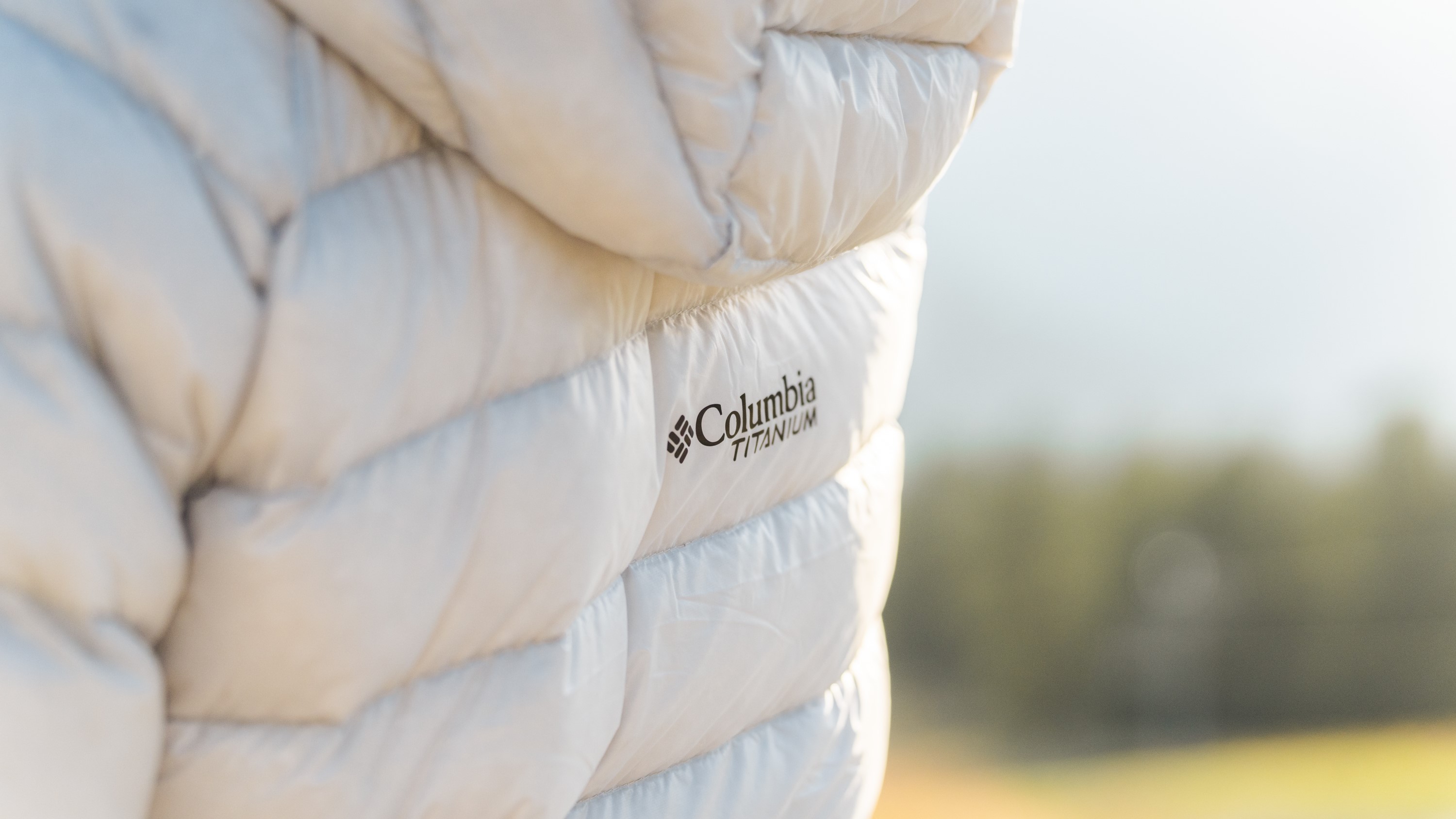
Cold weather is on the way, and at the headquarters of Columbia Sportswear, that can only mean one thing: a new technology is being unveiled.
The Oregon-based outdoor brand was founded in 1938 and has differentiated itself from other outdoor brands by developing its own technologies to help keep you warm, cool, dry and protected when you’re outside. There’s OutDry Extreme, their waterproof membrane that can be worn on the outside of waterproof jackets and rain pants eliminating the need for harmful chemicals, Omni-Wick which can be found in running leggings to keep you dry and cool when it’s hot and then there’s the whole Omni-Heat “family” which is a group of insulating technologies for cold conditions.
I’ve already written about Omni-Heat Infinity, which uses small metallic gold dots on the lining of clothing like the Arch Rock Double Wall Elite Hooded Jacket to act like an emergency blanket and reflect your body heat back to you. Then there’s Omni-Heat Helix, which uses tiny foam pads in the lining of fleece jackets that act like sleeping pads to hold heat close to your body. This season, the brand is launching Omni-Heat Arctic, and I recently returned from a trip to Val d’Anniviers, Switzerland where I got to test the technology myself in high-altitude conditions to find out what it’s all about and whether it works.

What is Omni-Heat Arctic?
Unlike Omni-Heat Infinity, which uses space technology to keep you warm, for Omni-Heat Arctic, Columbia looked to planet earth for inspiration. Polar bears reside in the Arctic, where temperatures can plunge to as low as -50°F in winter. As the non-profit Polar Bears International explains, polar bears look white, but they actually have heat-absorbing black skin and two layers of translucent fur that prevent almost all heat loss.
Omni-Heat Arctic uses an approach called “biomimicry” – copying strategies found in nature to solve design problems and seen in innovations like synthetic fleece instead of wool – to create what the company calls “a solar-capture insulation system” that delivers lightweight, high-efficiency warmth boosted by solar power. In this case, it means a black yarn in the lining of clothing that absorbs the sun’s rays while conventional insulation like down or fleece helps trap it there, in addition to your own body-generated heat.

How does Omni-Heat Arctic keep you warm?
Whereas previous iterations of Omni-Heat come down to reflective technology, Omni-Heat Arctic acts like a magnet, helping to attract the sun’s rays and then holding that heat close to your skin. The lining of the Arctic Crest Down Hooded Jacket has a pattern of small black dots to draw the sun’s UV rays to the layer closest to your skin, acting similarly to how a polar bear’s skin works.
“If you’re in a very, very cold environment, it will still absorb heat by heat radiation so it automatically heats up your jacket when you’re in a low ambient air temperature,” explains TJ Bradley, a sales manager for Columbia in Ireland.
Essentially, the black lining boosts the insulation that your jacket is already providing, particularly in low ambient temperatures, and means you can stay warmer with fewer layers.

Does Omni-Heat Arctic actually work?
“Innovation is no good if it’s not relevant,” says Bradley, and in general I’ve found Columbia’s technologies to be both relevant to spending time outdoors and effective, but how does Omni-Heat hold up against cold conditions?
Those of us who like adventuring into high alpine zones are always looking for lightweight ways to stay warm, and last week I tested two jackets with the Omni-Heat Arctic technology: the down jacket which I already mentioned and the Arctic Crest Sherpa Full Zip Fleece Jacket. I haven’t taken either to the Arctic, but I wore them both for some cold early morning hikes and sunrise yoga outdoors and above 7,000 feet.
What I can say with certainty is that both jackets are extremely warm instantaneously, and the down jacket is very light. On one brisk morning in the Italian Alps, I was the only one out of a group of seven journalists that didn’t have chattering teeth, even though I was wearing hiking shorts on my lower half, so I was pleased with the performance.
That said, there are some instances where it definitely won’t work as well. For example, if you’re wearing a jacket with Omni-Heat Arctic and it’s raining, you’ll likely put on a waterproof jacket over the top, which blocks the UV absorption. That said, the puffer jacket is water-resistant, so they’ve clearly thought about that.
Similarly, the jackets that incorporate Omni-Heat Arctic will still keep you warm at night, but without UV rays not necessarily more so than any other jacket with the same amount of insulation. That said, if you’re seeking more out of your insulated jackets for very cold conditions but not looking to add more insulation or layers, it’s a good place to start.







